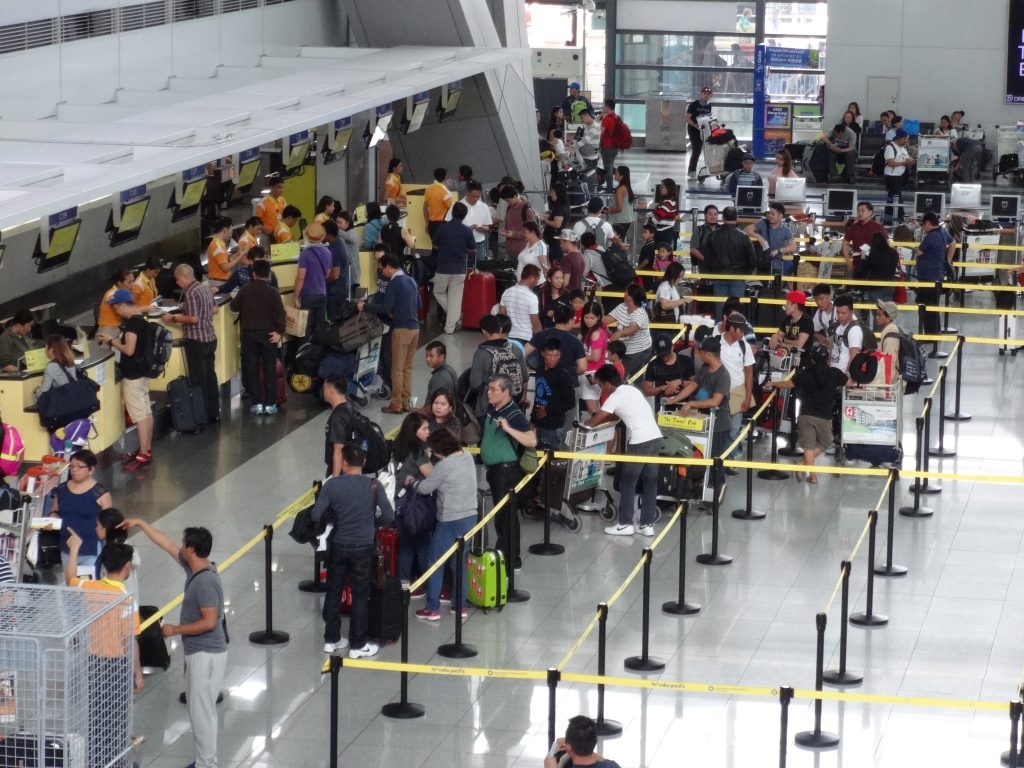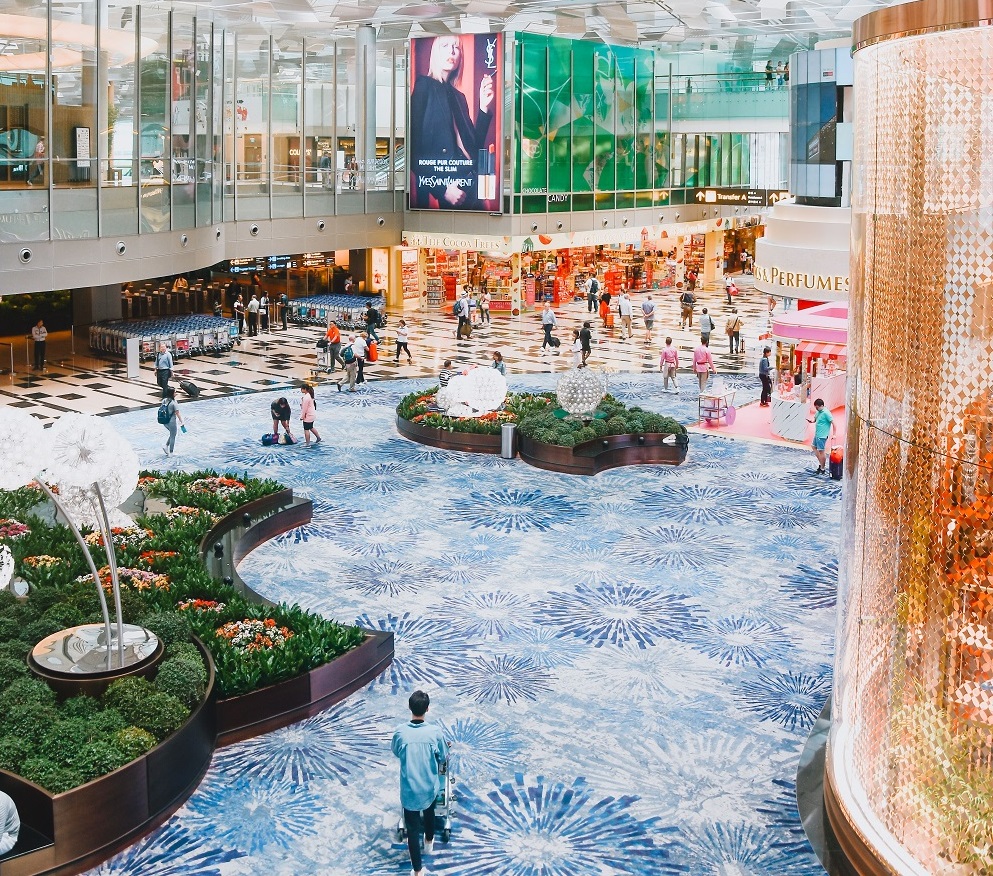The NAIA Terminal 3 has recently made headlines once again when two of its cooling towers broke down last April 27, leaving many passengers to endure the ongoing hot temperatures that the Philippines has been experiencing inside the terminal. The cause of the breakdown was due to a technical issue according to the Manila International Airport Authority. To prevent such a fiasco from recurring, we can look to one of our neighboring countries’ airport facilities and how we can apply them to ours.

Image via Wikimedia
Singapore’s Changi Airport or the Singapore Changi Airport is a 12-time winner of Best Airport in the World by Skytrax. The recognition comes as no surprise as Changi Airport boasts the best and advanced facilities such as its airconditioning and ventilation system which is detailedly described in the following:
“Since the onset of Covid-19, the air-conditioning system filters across the passenger terminals have been upgraded from MERV-7-rated models to MERV-14-rated ones. These higher grade filters can effectively remove about 85% of the particles in the air of 0.3 – 1.0 micrometers in size – smaller than the size of a coronavirus particle in respiratory droplet.
To ensure the MERV-14-rated filters continue to operate at effective efficiency, they are replaced every one to two months, depending on the condition of use. All used filters are sealed for proper disposal by maintenance workers donning highest level personal protective equipment for safe handling.
In addition, fresh air intake for the air-conditioning systems have also been maximised by fully opening the dampers to admit outdoor air.”

Image via Changi Airport Group
The terminal’s design also contributes to its efficient ventilation system which is described as, “Even before the pandemic, the ventilation systems in the airport’s passenger terminal buildings, which are designed with an airy ambience by having high ceilings and wide-open spaces, are calibrated to completely refresh the indoor air every six to ten minutes.”
The challenges and setbacks that our own airports face may be overwhelming, but they can still be overcome. We do not need to look further than our own neighbors in Southeast Asia who have also been experiencing intense heat temperatures, by applying their best practices not only in our airports, but also in our entire construction industry.










